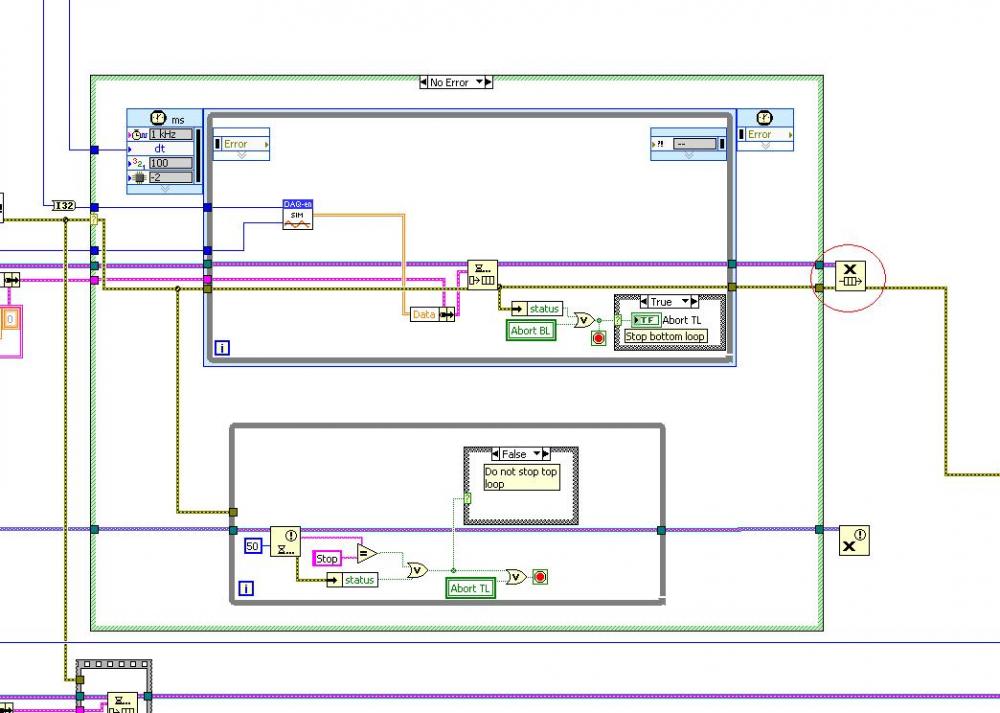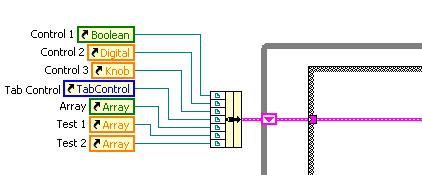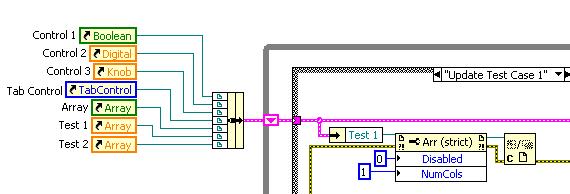
Diego Reyes
-
Posts
4 -
Joined
-
Last visited
Content Type
Profiles
Forums
Downloads
Gallery
Posts posted by Diego Reyes
-
-
Hi everyone,
I have an issue that I have not been able to resolve. The attached screen shoot is taken from my VIT that simulates an AI operation. This VIT is used to create separate executions of the VI depending of the number of DAQ boards in the system. The simulation works well but the problem arises when the loop end execution and the program moves on. The Release Queue VI executes correctly for the first VI that reaches this point. However, the other VIs reach this point throw an Error 1 when they try to release the queue. Each VI has its own obtain queue at the beginning of the execution. The program is behaving as if the Force Destroy input in the Release Queue VI was set to TRUE. Do you have any idea or suggestions to continue my troubleshooting? Thank you.
Regards,
Diego F. Reyes
-
QUOTE (mballa @ May 2 2009, 04:46 PM)
Here is an example of what Chris is talking about. I use this method when I need to disable/hide several controls or groups of controls.Hope this helps
mballa, Thank you for the sample code :thumbup: . It help me to visualize Chris' idea
 . I will use something similar to organize my UI. I have to disable/enable groups of controls at different parts of my application. Using groups should make my code cleaner and easier to maintain.
. I will use something similar to organize my UI. I have to disable/enable groups of controls at different parts of my application. Using groups should make my code cleaner and easier to maintain. -
Hi Everyone,
I have about 30 Controls that I have to modify differently in each one of the states of my UI state machine. I would like to know what is the best way to implement this process. I have asked several colleagues and they have provided various options. Please, let me know what you think:
Option 1
Option 2
Create references to all my controls, bundle them into a cluster and pass it into my state machine using a shift register. Then when the application ends, close the references.If I was to use option 2, Do I have to close the references after I use them?In advanced, I thank you for your input.
Regards,
DFR





Error 1 Thrown Upon Releasing Queue in dynamic launched VIs
in LabVIEW General
Posted
John,
The Error case just passes the ref through. I just tired the code using a shift register. It seems to be working properly. I am going to set up my regression testing to run it over the weekend.
Thanks for the suggestions. I am not going to have to stay late today trying to figuring this one out
Regards,
Diego F. Reyes